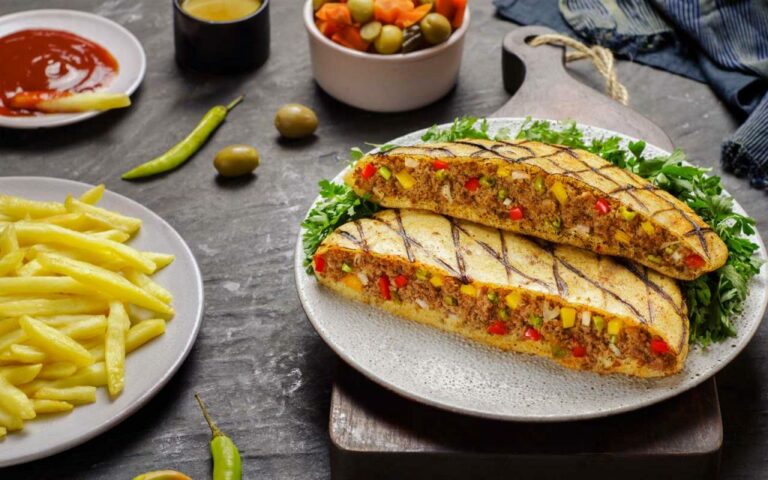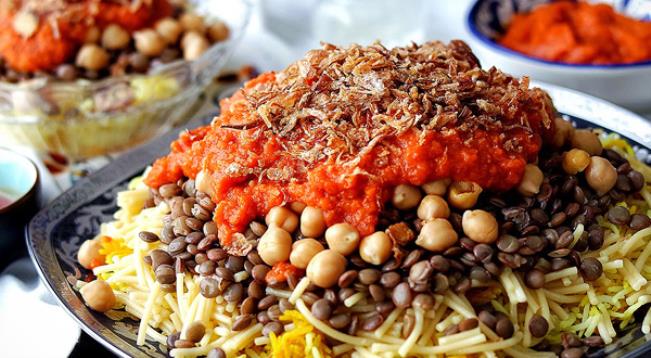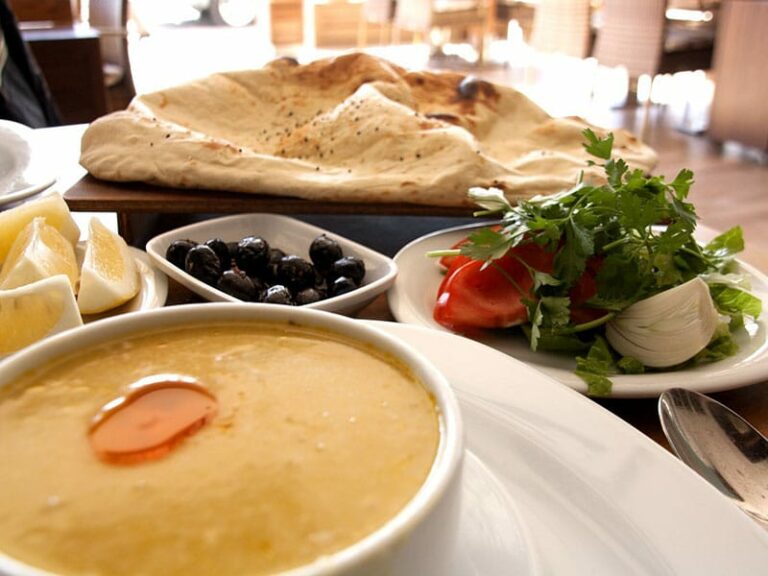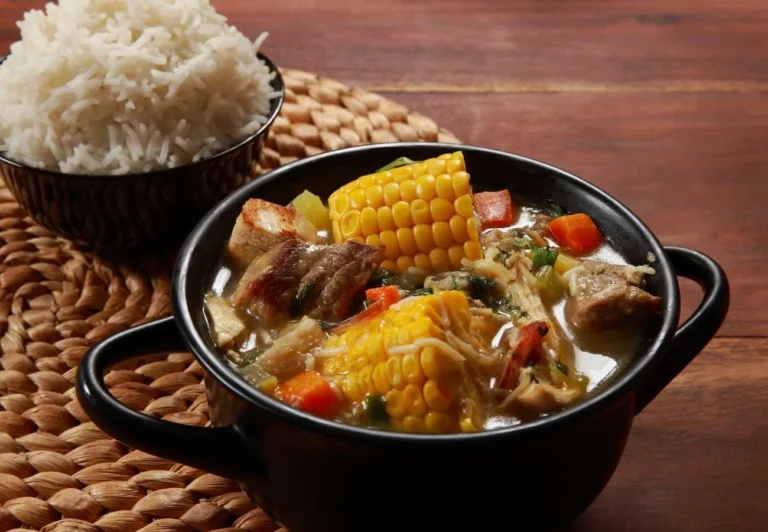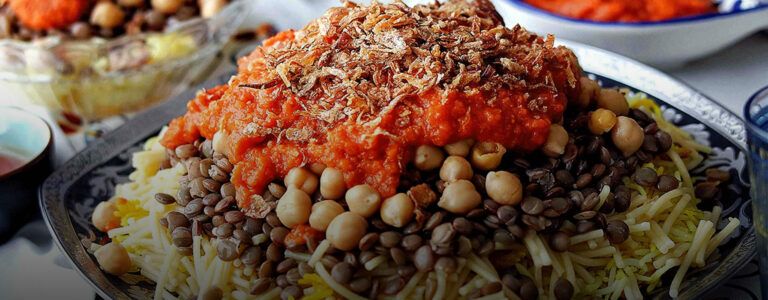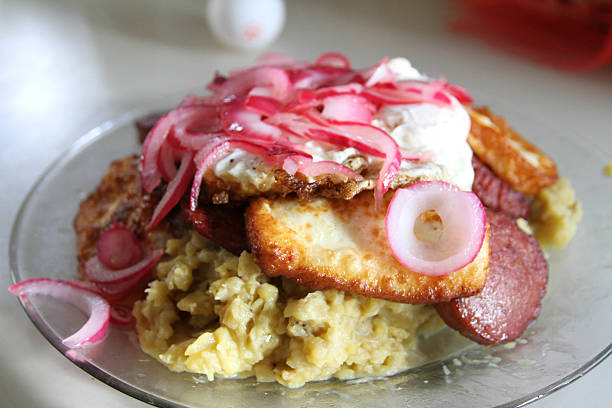Introduction: Street food culture in Egypt
Egypt is known for its rich history, diverse culture, and delectable cuisine. Street food is a big part of Egyptian culture, and it can be found in every corner of the country. From traditional dishes like koshari and falafel to more modern fusions, street food vendors in Egypt offer a wide range of tasty and affordable options for locals and tourists alike.
Overview of street food hygiene practices
Street food hygiene practices in Egypt vary widely depending on the vendor and the location. While some vendors take great care to ensure the cleanliness and safety of their food, others may not follow the same strict standards. As a tourist, it is important to be cautious when choosing where to eat and to look out for signs of poor hygiene, such as dirty cooking utensils or unsanitary food storage.
Food handling and preparation guidelines
There are several guidelines that street food vendors in Egypt are expected to follow in order to ensure the safety and hygiene of their food. These include using clean cooking utensils, washing their hands regularly, and wearing gloves when handling food. Vendors are also required to store their food properly and to keep their cooking area clean and free from pests.
Inspection and certification protocols
There are several organizations in Egypt that are responsible for inspecting and certifying street food vendors. The Ministry of Health and Population is one such organization, and it conducts regular inspections of food establishments to ensure that they meet certain standards of cleanliness and safety. Vendors who meet these standards are issued a certificate, which they are required to display prominently in their establishment.
Common safety concerns and risks
One of the biggest safety concerns when it comes to street food in Egypt is the risk of foodborne illness. This can be caused by a variety of factors, such as improper food handling and storage or the use of contaminated ingredients. Other safety concerns include the risk of burns or injuries from cooking equipment and the potential for food allergies or intolerances.
Health risks and potential illnesses
There are several potential health risks associated with eating street food in Egypt, including food poisoning and gastrointestinal illnesses. These risks can be minimized by choosing reputable vendors who follow proper hygiene practices and by being selective about the types of foods you eat. It is also advisable to carry your own hand sanitizer and to avoid street food if you have a weak immune system or a pre-existing health condition.
Role of government in ensuring safety
The Egyptian government plays a crucial role in ensuring the safety and hygiene of street food in the country. In addition to conducting regular inspections and issuing certifications to vendors, the government also provides training and education to help vendors improve their hygiene practices. It is also responsible for enforcing food safety laws and regulations and for taking action against vendors who violate these rules.
Conclusion: Balancing taste and safety in street food
Street food is an important part of Egyptian culture and cuisine, and it offers visitors a unique and flavorful dining experience. However, it is important to balance the desire for taste and variety with concerns for hygiene and safety. By taking the time to choose reputable vendors and by being cautious about the types of foods you eat, you can enjoy the delicious flavors of Egyptian street food while minimizing your risk of illness and injury.

